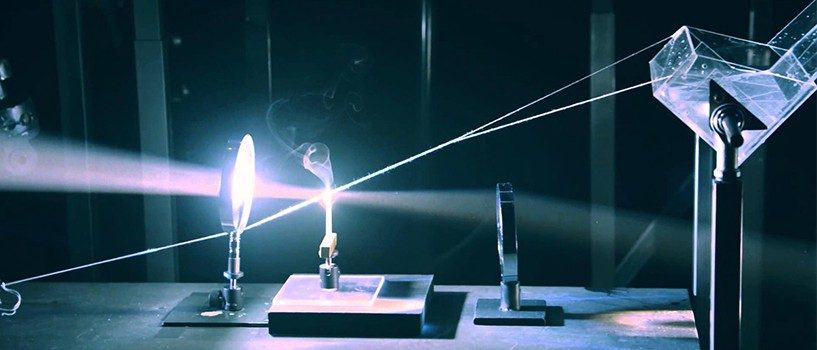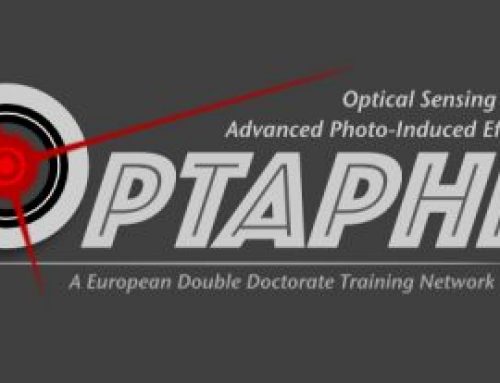Project Description
TERRIFIC

Project Description
Lithium Niobate (LN) based modulators and switches have been vital to the development of optical telecommunications and LN based sources of quantum states of light are a key building block of quantum information systems. To date, most demonstrations of quantum have been based on bulky table-top systems. Such approaches entail high costs for production and poor operational performance. On-chip integration is key, as it offers reductions of cost and sizes as well as the possibility of dense integration of components.
Approach
In TERRIFIC, we are developing an ultra-compact nanophotonic device based on Lithium Niobate on Insulator that will fulfil a range of functions. LN is difficult to process which typically limits applications to the use of bulk crystals. Recent advances in fabrication technologies allowed the realization of lithium niobate on Insulator (LNOI) material, which facilitates the creation of compact integrated devices such as photonic nanowires, micro-disk and micro-ring resonators, photonic crystals, and integrated grating couplers. Using both plasma enhanced chemical vapour deposition and microtransfer printing (see figure below), we combine LNOI materials with silicon nitride layers to form hybrid waveguides that take advantage of the strong electro-optic and nonlinear optical coefficients of Lithium Niobate and of the high refractive contrast and ease of processing of silicon nitride. Micro- and nano- photonic devices, such as Distributed Bragg Reflectors (DBR), Ring Resonators (RR) and photonic crystals (PhC), will be designed, fabricated and tested in this material system. Using such designs and processes, an optical parametric oscillator, normally a table top size device can be integrated on centimetre scale chips.

Fig. 3. a) Optical image of the transfer printed LN coupon on SiN waveguide containing the microcavity (inset SEM image showing the DBR structures), b) Transmission spectrum for DBRs consisting of 150 periods.
About TERRIFIC
This work was supported by a European Commission Horizon 2020 Marie Skłodowska-Curie Fellowship “TERRIFIC” under grant agreement no. 749143







